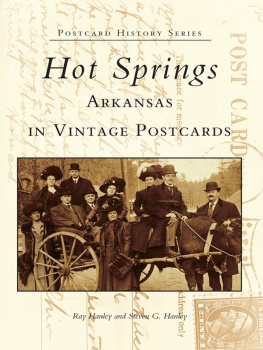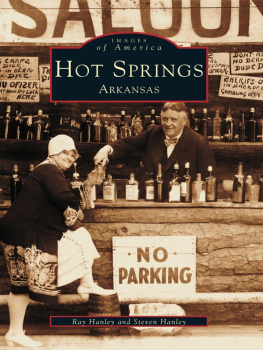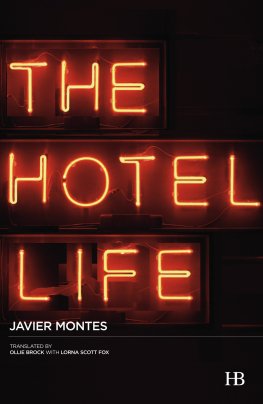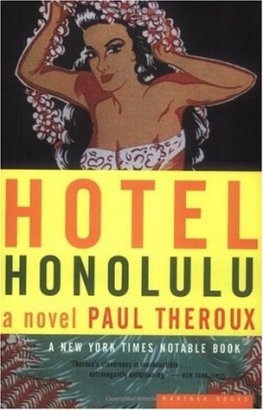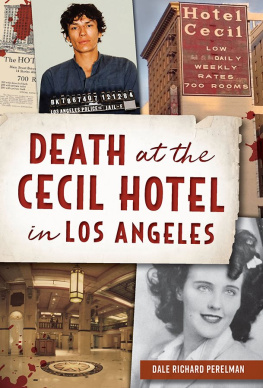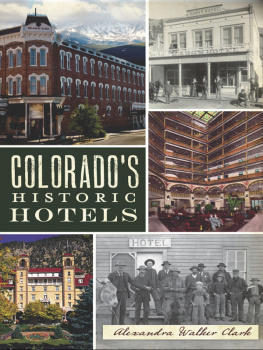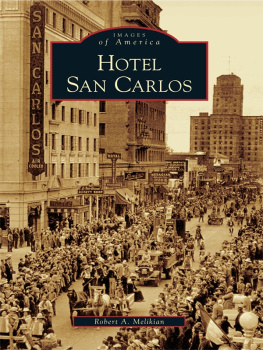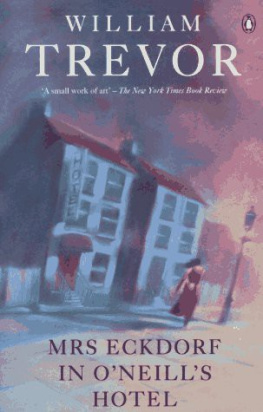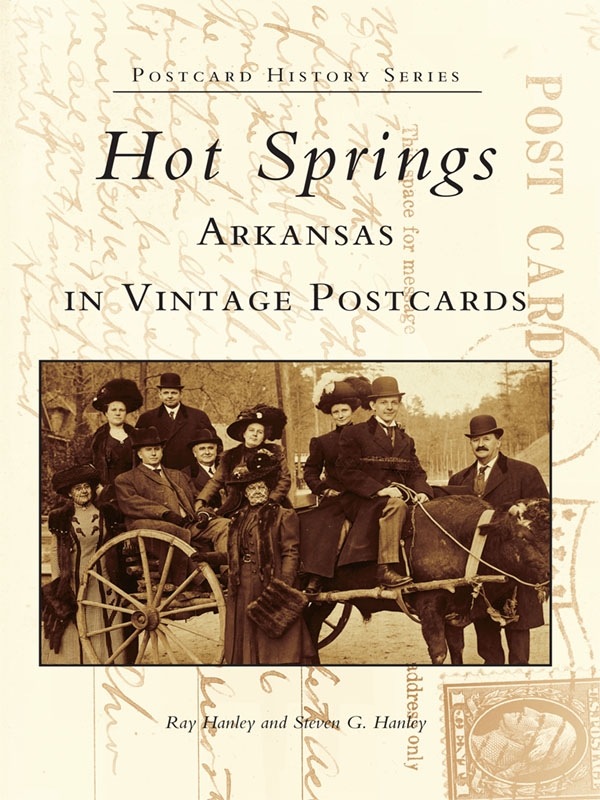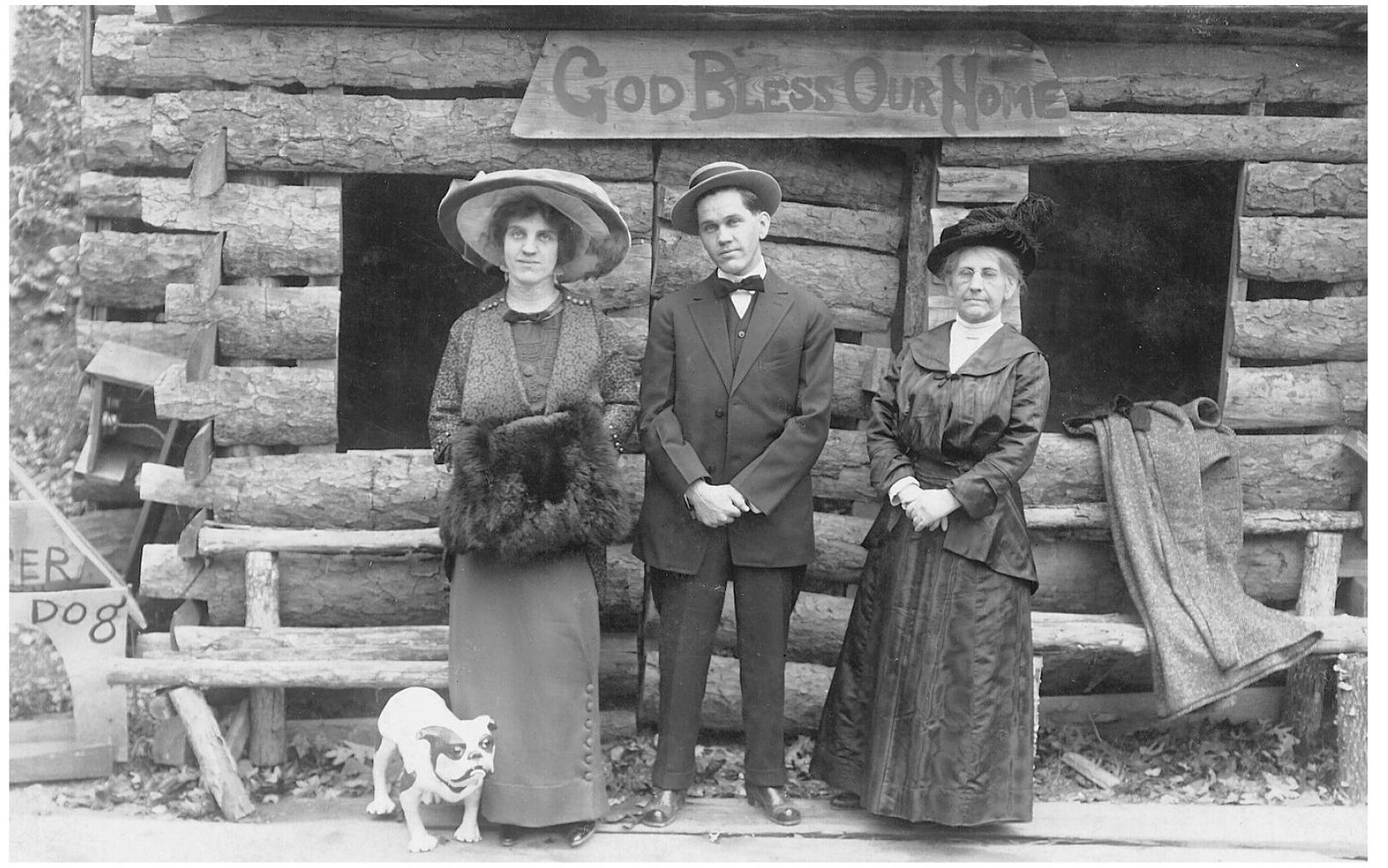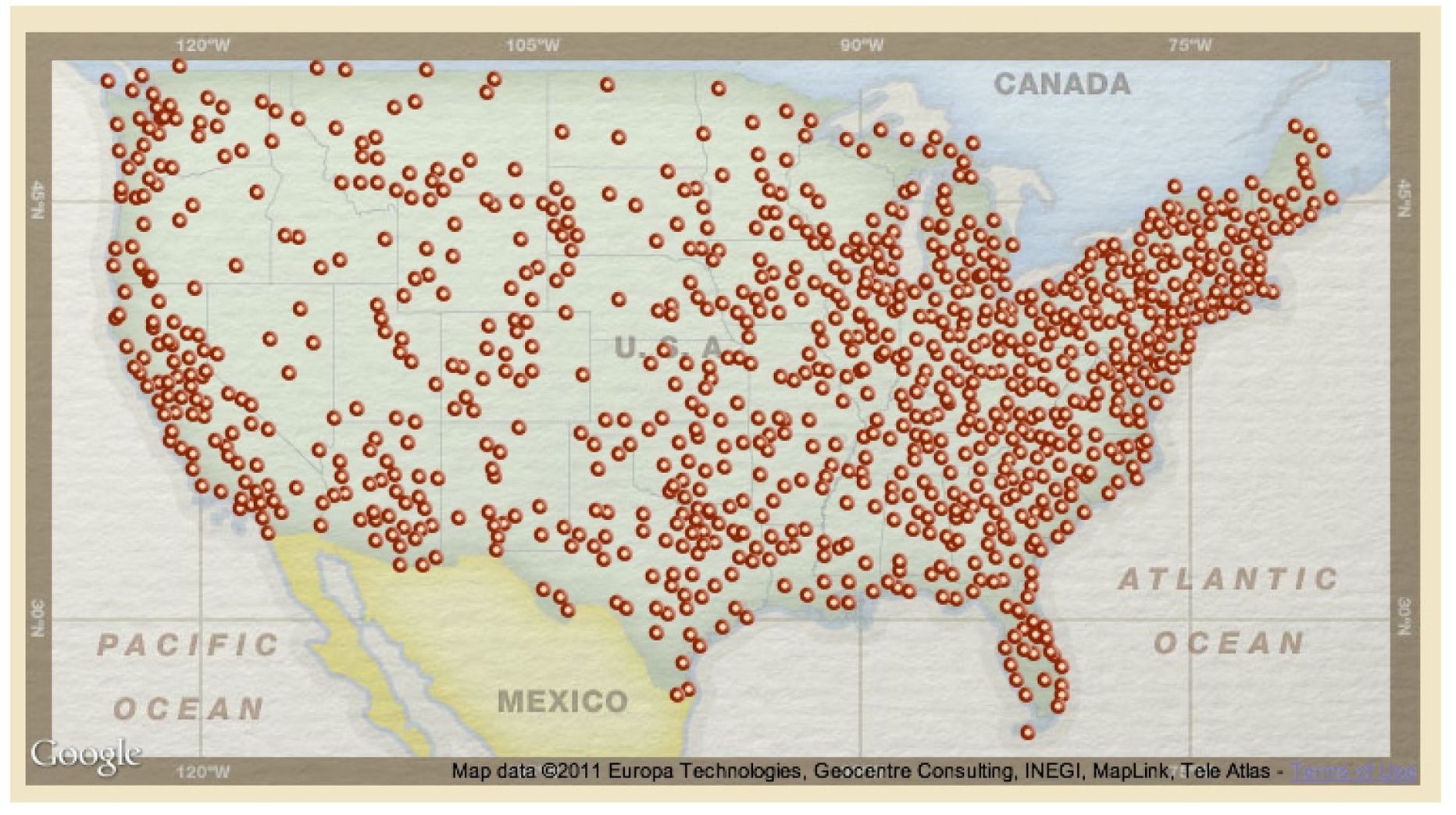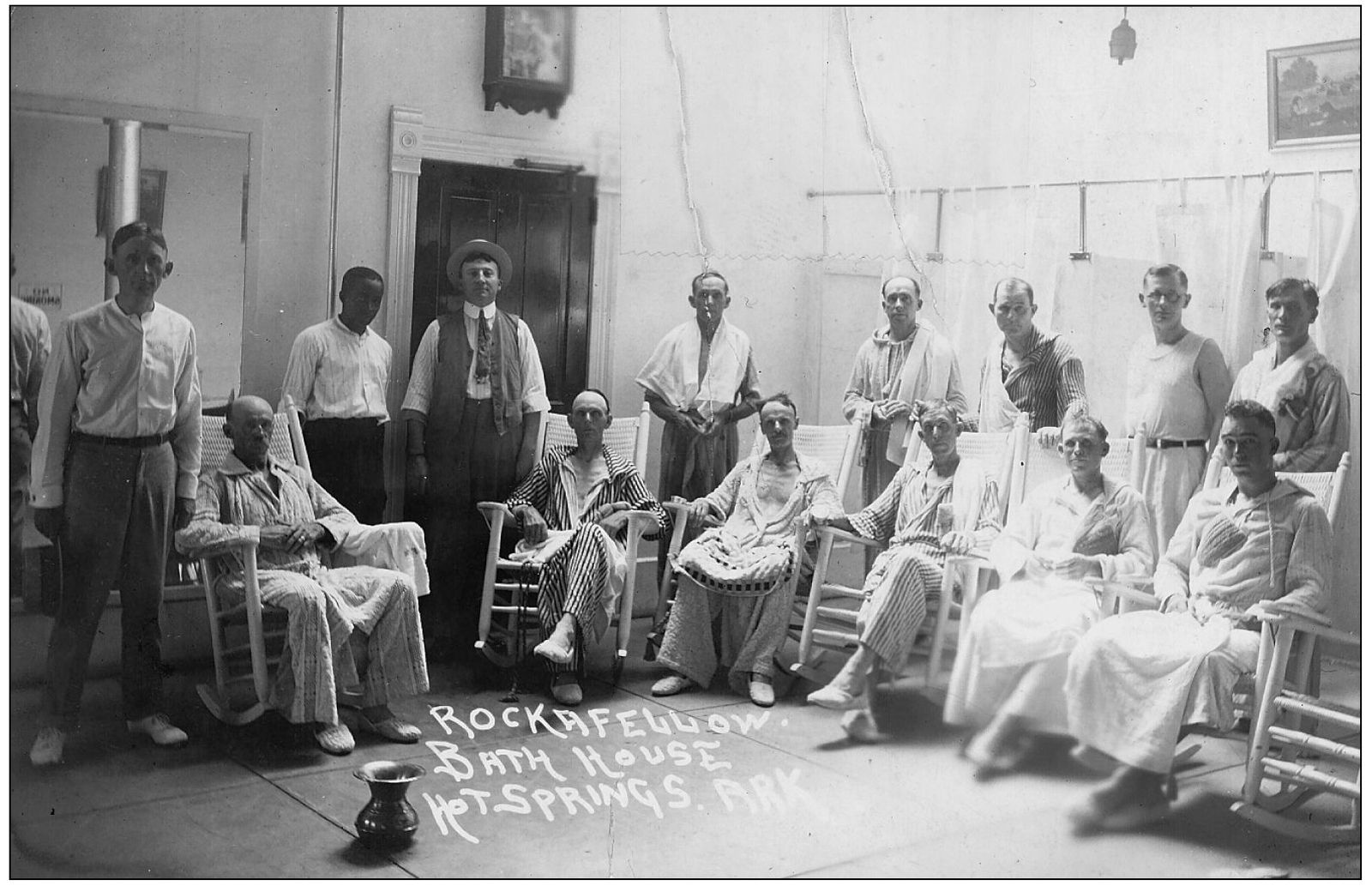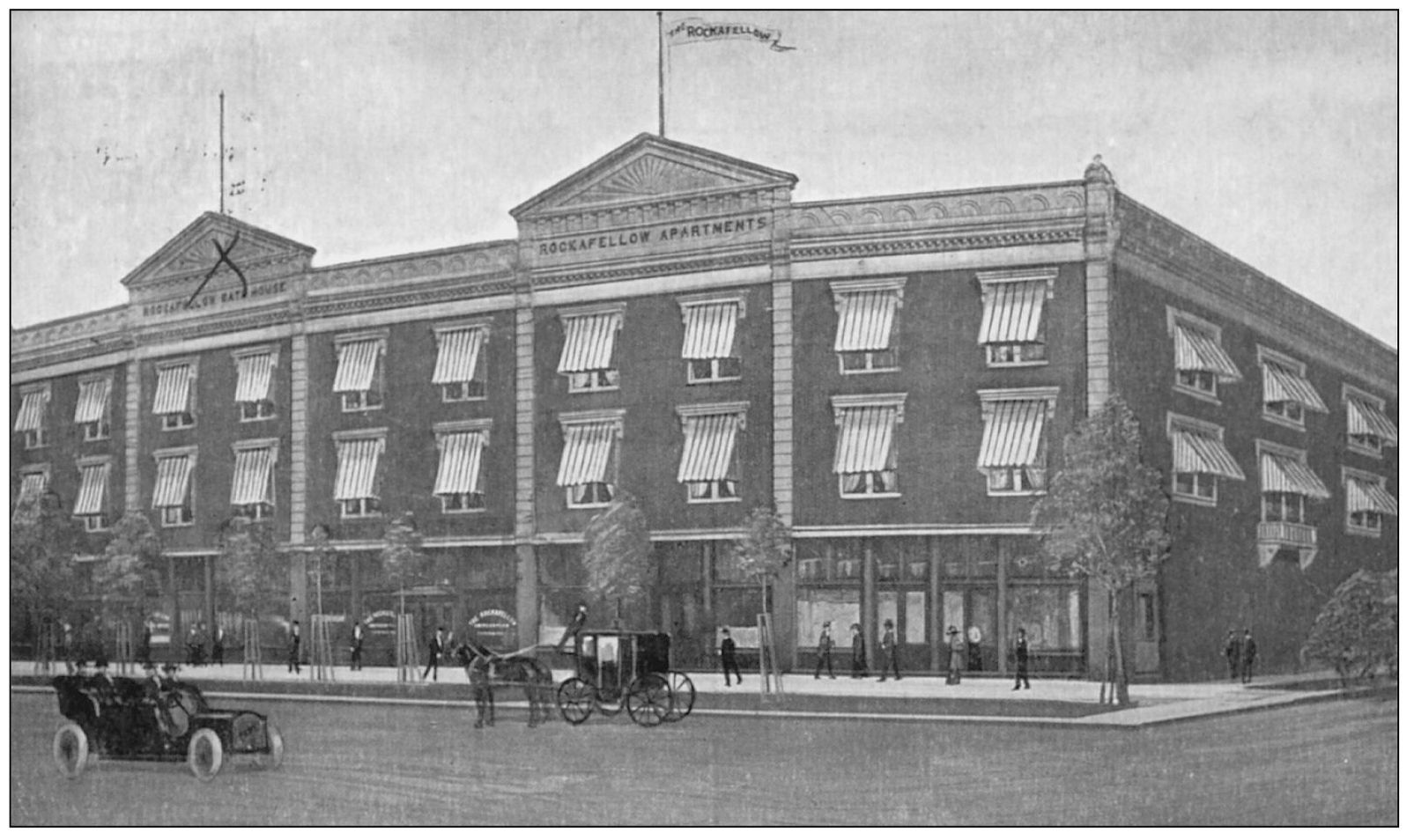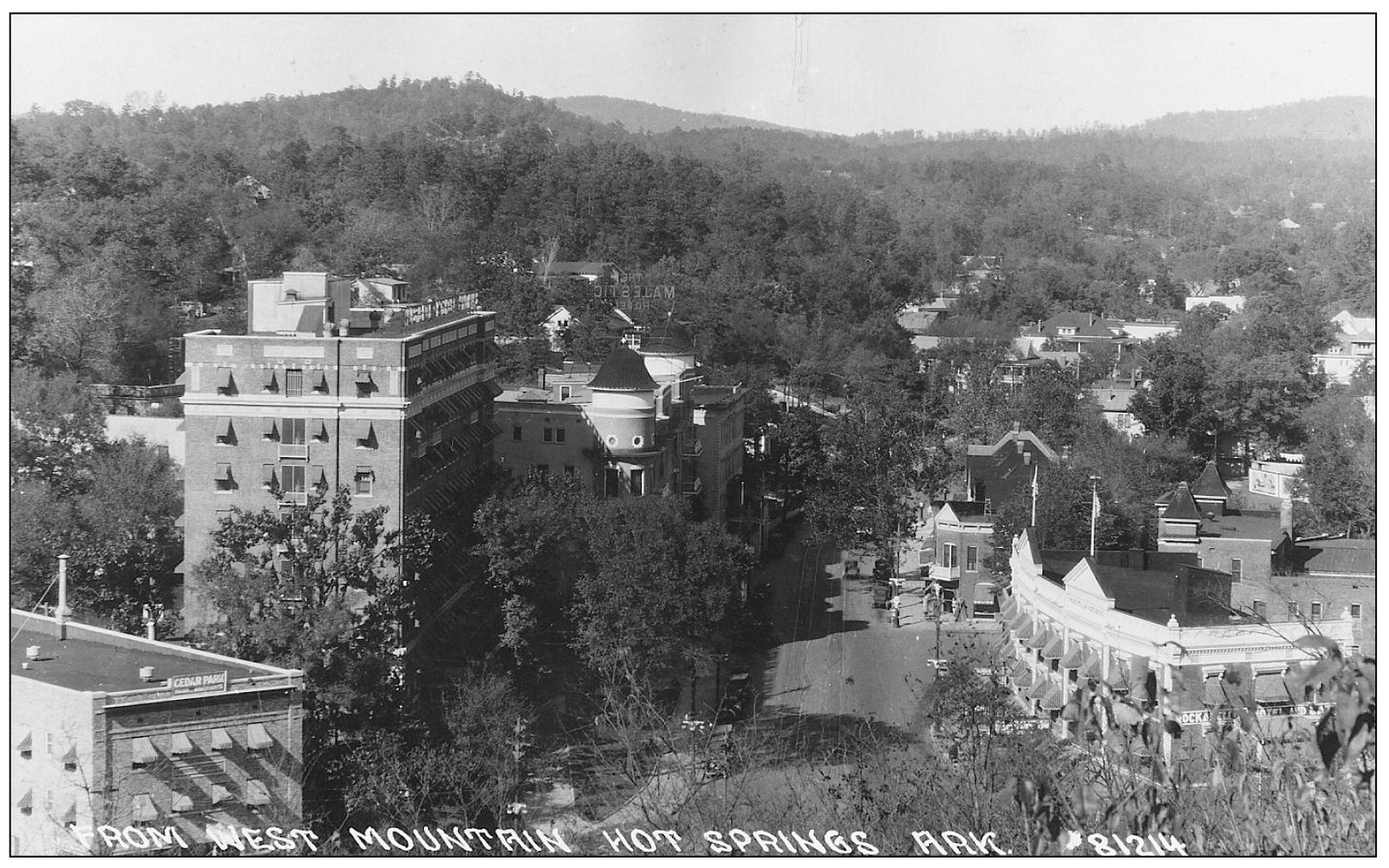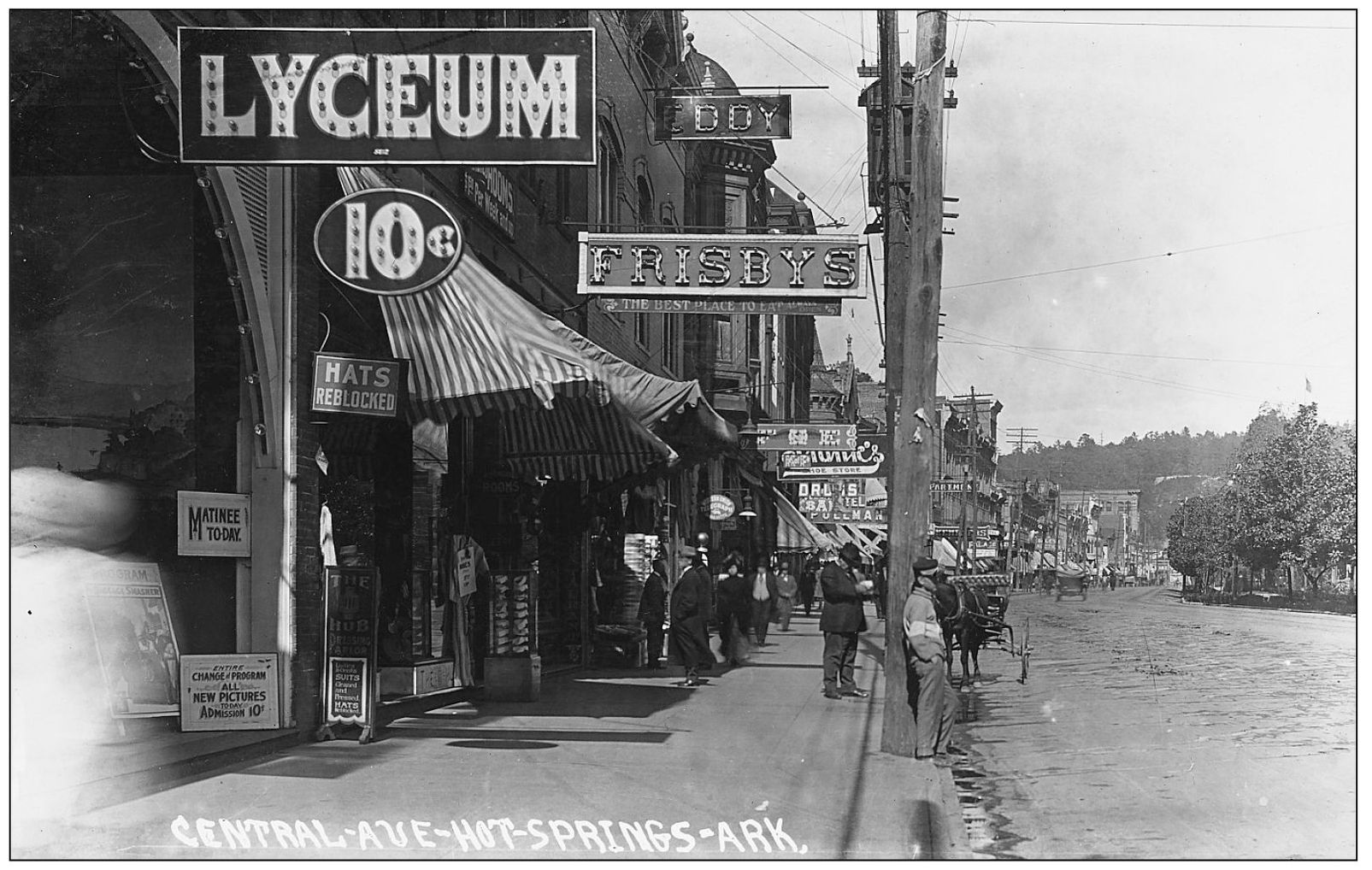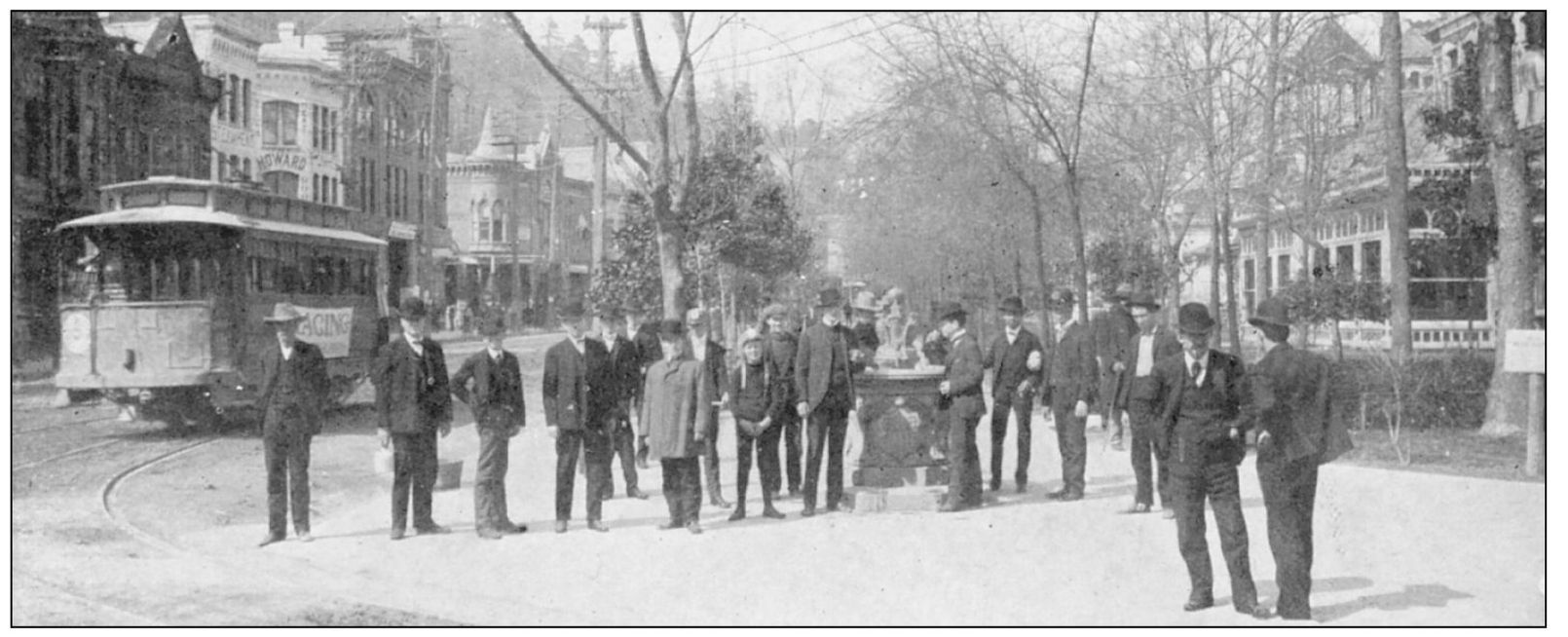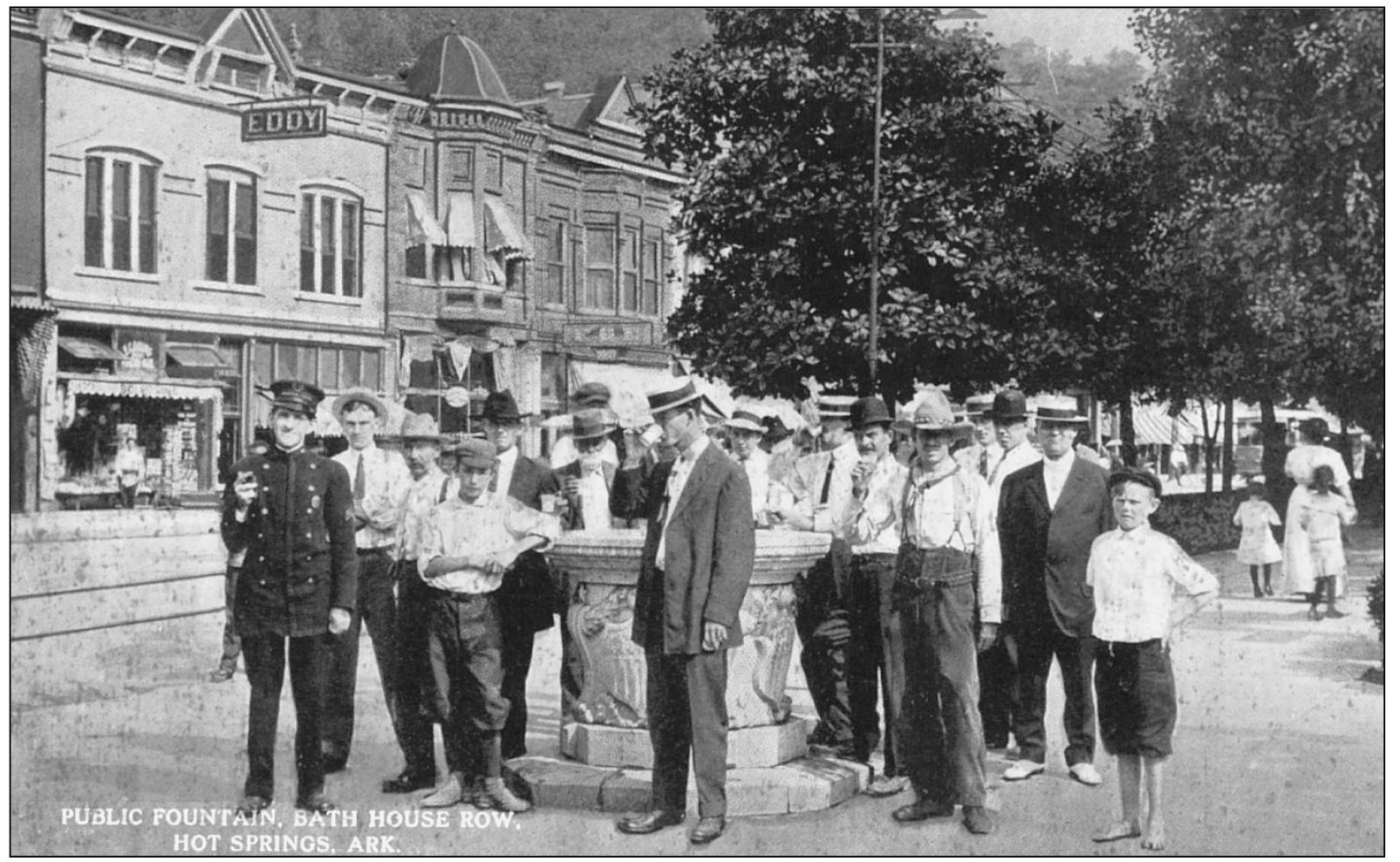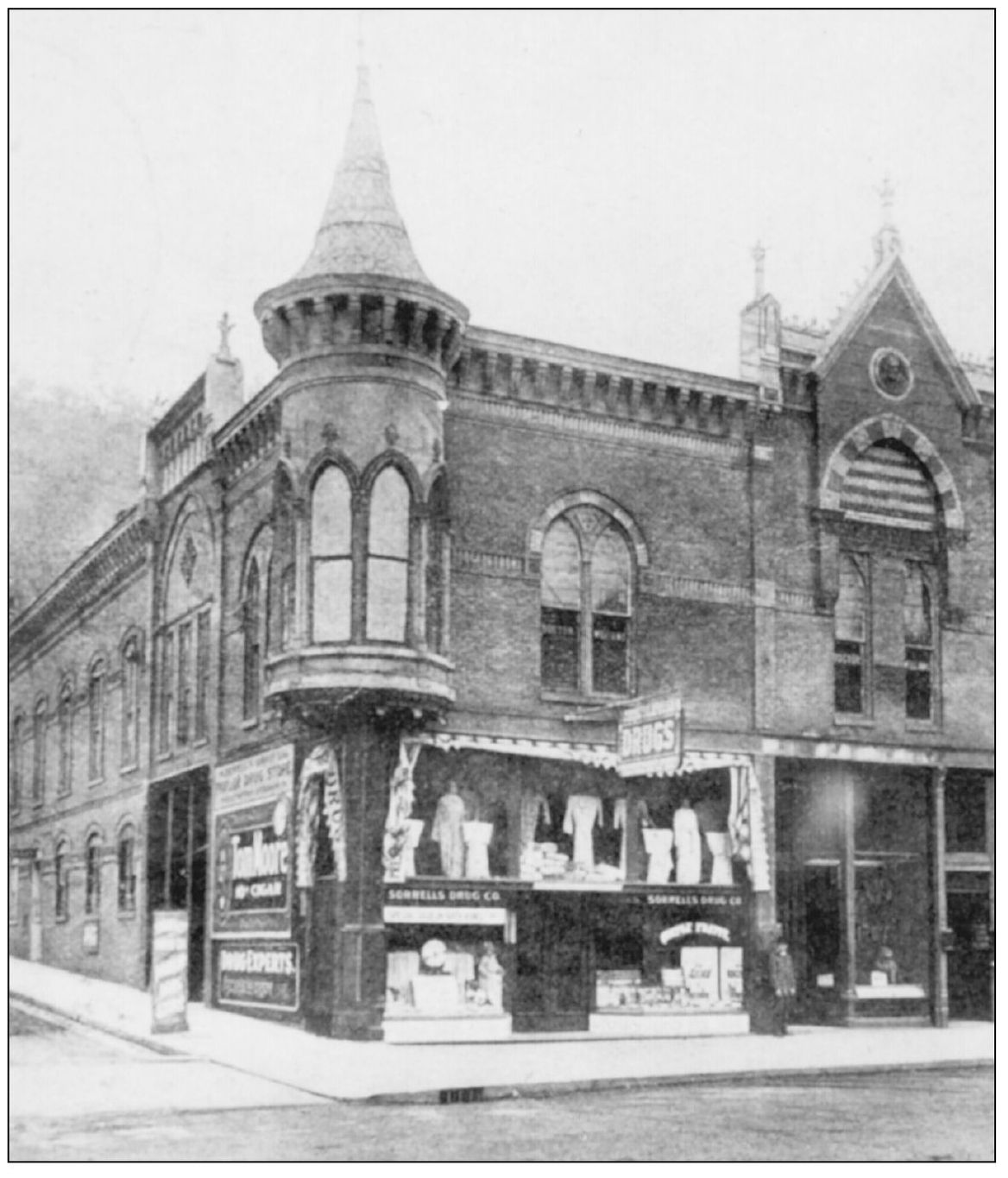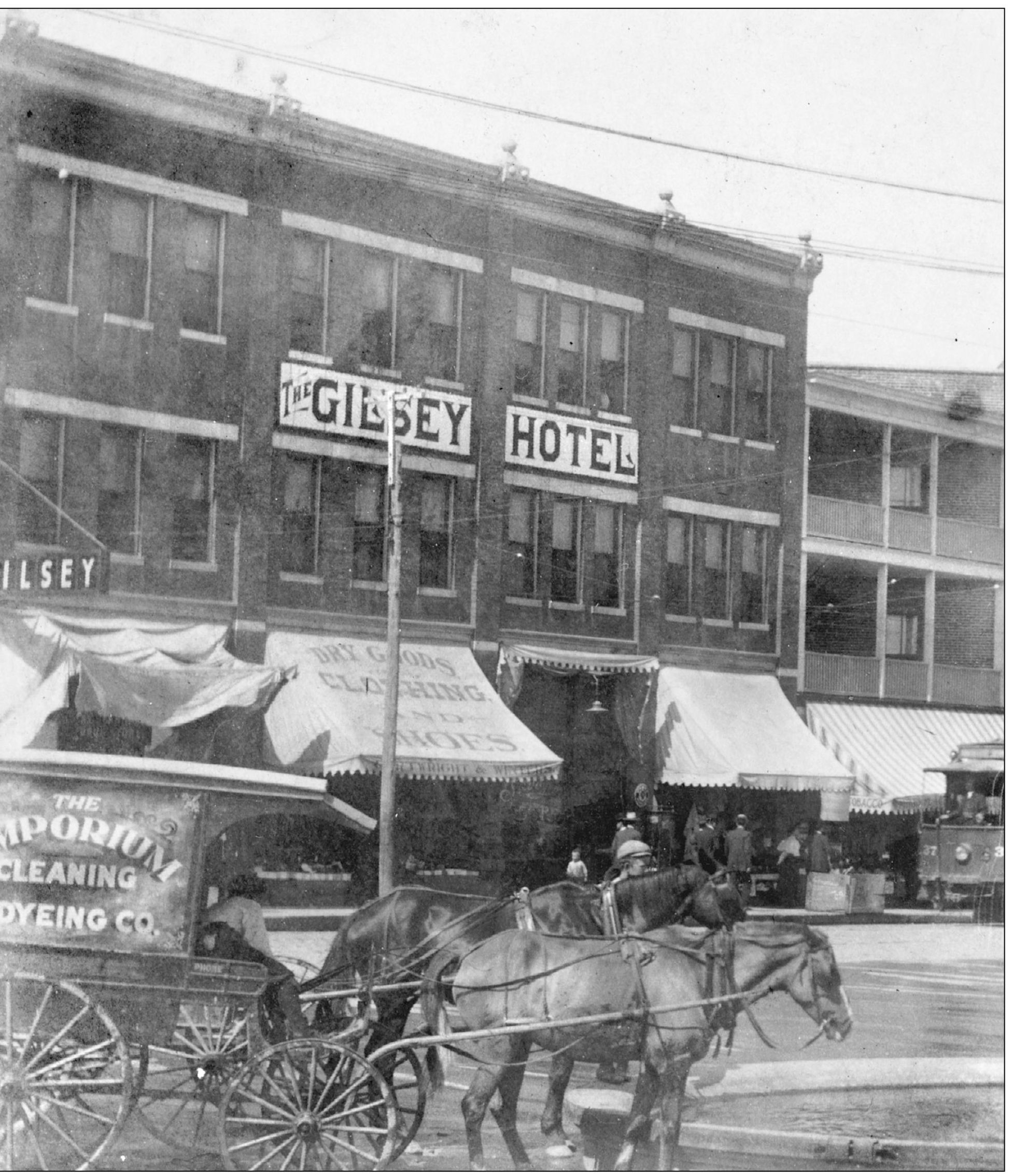One
CENTRAL AVENUE AND BATHHOUSE ROW
Near the turn of the century Hot Springs was entering its heyday as a famous resort. Among its noted visitors was Stephen Crane, author of The Red Badge of Courage, who wrote that, Crowds swarm into these baths. A man becomes a creature of three conditions. He is about to take a bathhe is taking a bathhe has taken a bath... In the quiet and intensely hot interiors of the buildings men enveloped in enormous bath robes lounge in great rocking chairs. In other rooms Negro attendants scramble at the bidding of the bathers. Through the high windows the sunlight enters and pierces the curling masses of vapor which rise slowly in the heavy air.
The heart of the bathing industry was along the portion of Central Avenue known as Bathhouse Row. Far more postcards were made of this street than any other in Arkansas.
As if dramatizing the written words of Stephen Crane, a group of men was photographed c. 1910 in the Rockafellow Bath House, seated in rockers, draped in robes, and served by a young attendant. The Rockafellow, located at the head of Central Avenue at its intersection with Park Avenue, was torn down in the 1950s.
Charles A. Rockafellow came to Hot Springs in 1866 to establish the towns first drug store. Success in this business led him to erect the Rockafellow Hotel and Bath House in 1900. The writer of this card in 1913 penned, I dont see much improvement in my husband, this is why we take our baths.
The Rockafellow Hotel is seen below in a c. 1920 view taken from West Mountain, where the building curved around the corner of Park and Central Avenues. Although Mr. Rockafellow died in 1901, the hotel served until being torn down in 1963; today only a vacant lot marks the site.
Among the attractions c. 1905 along Central Avenue was the Lyceum, a theater offering silent films for a 10 admission. A sign promises matinee today. Adjoining businesses include Frisbys Restaurant, its sign promoting itself as The best place to eat. Across the street, just out of sight, would have been the bath houses.
Frisbys, located at 522 Central, was for years one of the best-known eating places in town. The front of the card offers such menu items as Aylesbury Duckling and Turban of Pineapple. The ad on the back of the c. 1910 card reads, Dear Friend, Have just had this elegant dinner at Frisbys. Never call a visit to Hot Springs complete unless you eat at this world famous restaurant.
The water fountain at the corner of Central and Reservation Avenues c. 1905 was one of the most popular spots in the city. On what appears to have been a cold winter day, the streetcar approaching the curve carries a banner reading Racing Today, a reference to the horse races at Oaklawn Park.
Among those holding up a cup of the fountains mineral water in this view are a policeman and a young boy in knee pants. Although this particular fountain no longer occupies the spot, there are others on the avenue today where a free drink may be had.
This c. 1900 card offers a good view of the vibrant business section on the west side of Central Avenue; across the street is Bathhouse Row. In the center of the photograph is the Pullman Hotel, and next to it is the very ornate Sorrell Drug Co.
The Sorrell Drug Company, seen in the above photo at 334 Central, is a wonderful example of Victorian-era commercial architecture. The store advertised itself as the Parlor Drug Store, offering mail orders for the famous Hot Springs Liver Buttons at a price of 25 per package. Sorrells ads also proclaimed themselves the largest retail dealers in bath robes, in all sizes, in the world at prices from $1 to $15. Sorrells is gone today, but the building survives and is home to Spa City Souvenirs.
In this c. 1900 card, showing a busy intersection off of Central Avenue before the coming of automobiles, can be seen a public fountain for the many horses that traveled the streets of the Spa City. To the left is the Gilsey Hotel, with a streetcar turning the corner. The wagon to the

